-
Posts
436 -
Joined
-
Last visited
Content Type
Profiles
Blogs
Forums
American Weather
Media Demo
Store
Gallery
Posts posted by SnowDreamer
-
-
2 minutes ago, H2O said:
Good thing my dews are in the 20s. The benefit of being closer to the ovean
I feel like I'm close to the oven for a lot of storms...
-
-
 1
1
-
-
3 minutes ago, understudyhero said:
Pwc called it for Thursday citing widespread power outages for where the staff lives as a primary reason.
FCPS said this: Across Fairfax County, we continue to receive reports of roadways, sidewalks and pathways that remain unsafe for our students.
-
FCPS caved for tomorrow

-
 1
1
-
-
-
-
Does anyone know the most effective path to local NWS & spotter totals on the LWX site? I know it exists somewhere and I want to bookmark it.
-
Power is flickering here in Fairfax, but I’ve just passed 9”!
-
 2
2
-
-
1 minute ago, Patricia A. said:
Snow has stopped in Herndon/Sterling

Yeah the radar looks like an exit is coming soon for us all.
-
In Fairfax: 8.2”
Up 1.2” in 30 mins. I might need an apostrophe at this rate…
-
 3
3
-
-
In Fairfax near GMU…
7” on grass & car
4.5” on unplowed road
LOTS of broken branches (one damn near hit me while I was measuring). Braddock is a disaster despite lots of plowing.
-
 2
2
-
-
Snow in fairfax seems to be pretty thick, and is sticking to branches well. I’m thinking power outages in jackpot areas.
-
Snow slowly strengthening into the deathband in fairfax. Roads have powder coating
-
-
-
The NAM is CRUSHING central VA at 13hrs
-
 3
3
-
-
1 minute ago, psuhoffman said:
BTW... the SREF's are mostly useless due to the crazy output of some of the members...but if I was going to use anything at all from them it would be the probabilities.
I personally find the precip type probabilities plume to be useful in looking for transition times in coastals!
-
 1
1
-
-
-
Just now, Ravens94 said:
HRRR is finally catching on.. SREF plume did go up rather substantial member wide even the bullish ARW
This is the 15Z SREF plume you're talking about, right?
-
2 minutes ago, tim123 said:
How about for later week storm?
06Z & 18Z don't run that far out. At least not on WxBell.
-
 1
1
-
-
4 minutes ago, Steve25 said:
Are you guys saying Tom is wrong around Baltimore or because of his totals further south? Because I feel 1-3 is very much in the cards around Baltimore, especially northern/western areas of Baltimore.
IMO if he’s riding the NAM hard (which isn’t his explanation), then the 1-3 is fine but a max of 5” anywhere in VA is a standout low against other Mets (and the guidance).
The bigger issue some of these guys are taking is that his explanation of low totals due to poor snow:liquid ratio seems unlikely given forecast temps in many areas.
-
 1
1
-
-
57/48… winds now from NNW… DP down 6 in the last hour!
-
4 minutes ago, Eskimo Joe said:
Not a weenie post, genuine intrigue: wonder what, if any impact the warmer than usual ocean water might have on the storm (death band, more juice to work with, etc.).
A lot of this is known, but here's a CWG article that supports the idea.
"Ken Kunkel, a senior scientist with the North Carolina Institute for Climate Studies, has been studying shifting extreme-precipitation trends in the United States for more than 20 years. A study he led in 2009 found an increasing trend of high snowfall seasons along the East Coast, as well as the emergence of a feast or famine pattern, where winters either over-deliver snow or underperform relative to the seasonal average.
He said the physics involved in generating heavy snow suggest that climate change could be a factor in recent heavy snowstorms, given that the biggest snowfalls tend to occur when the air is near freezing, which enables the air to hold more moisture. A complicating factor, though, is that increasing air temperatures may be making what would’ve been a snowstorm 20 years ago into a cold rainstorm.
Increasing sea-surface temperatures, Kunkel said, are boosting the snow potential of East Coast storms.
“The oceans have been warming overall,” he said. “These storms are deriving their moisture from the Atlantic and more moisture is being brought into these storms. That certainly is a big component of it.”"
https://www.washingtonpost.com/weather/2021/02/05/snowfall-records-climate-change-northeast/
-
 1
1
-
-
Overall axis of snowfall is quite consistent now across guidance... I'm happy for that! Even the difference between GFS and NAM is now quite small compared to 18 hours ago.


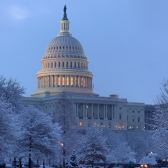
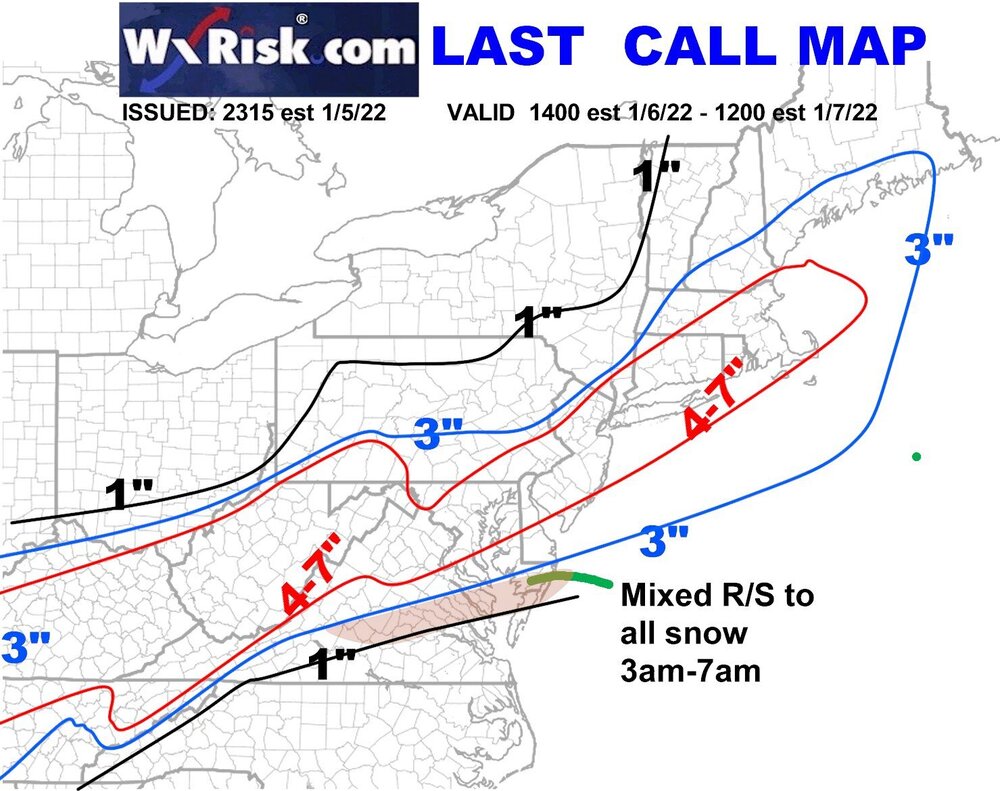
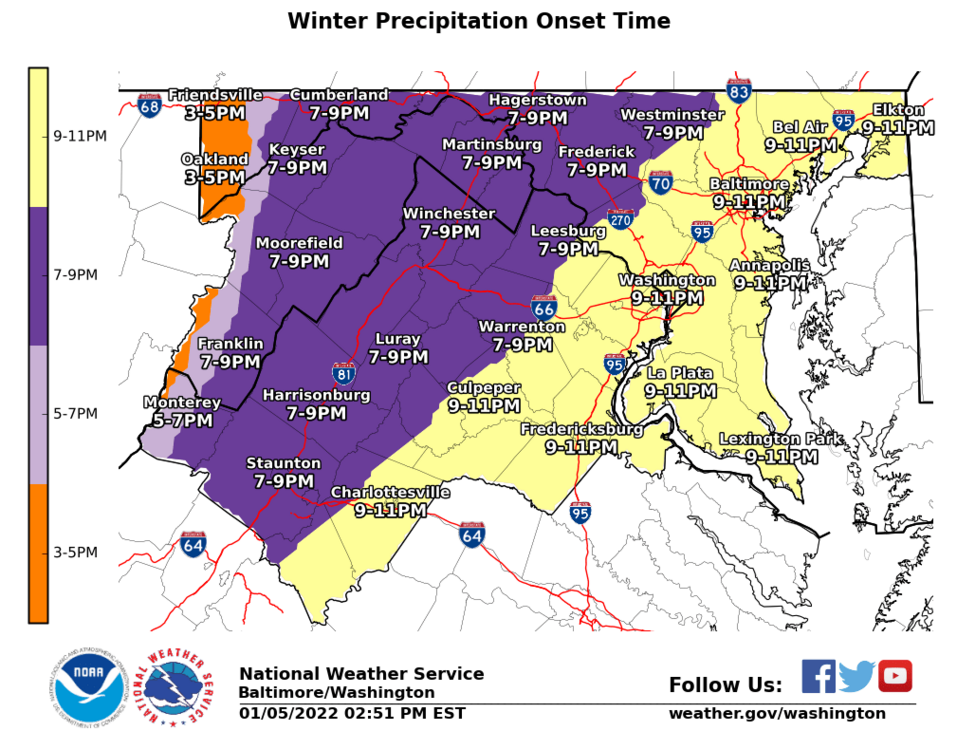
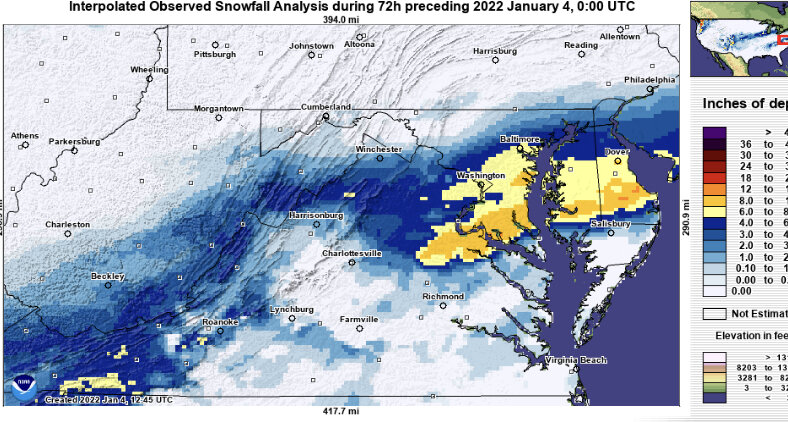
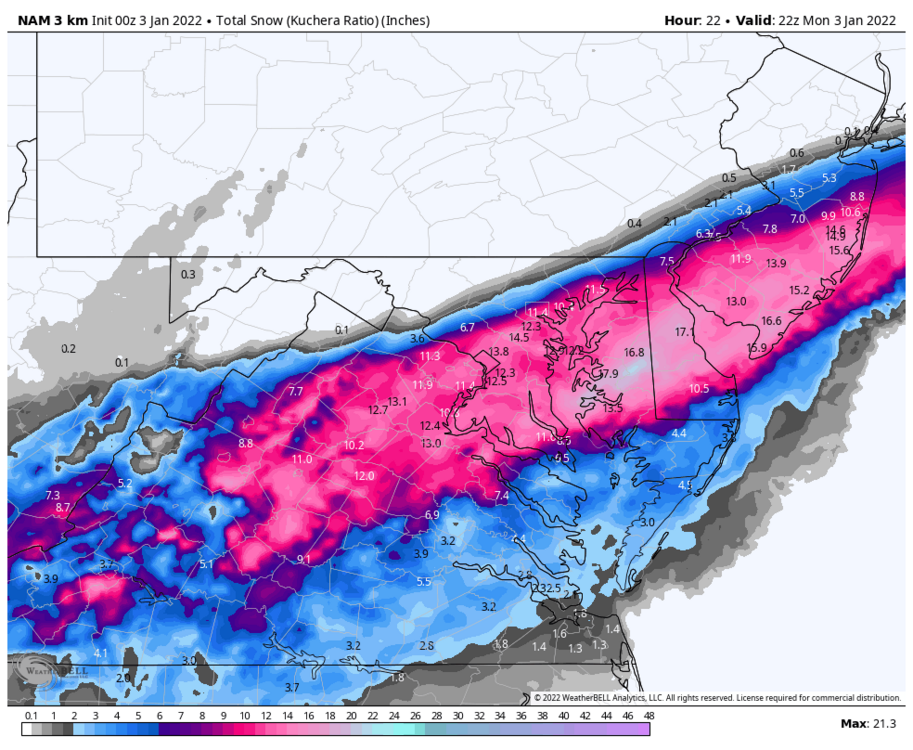
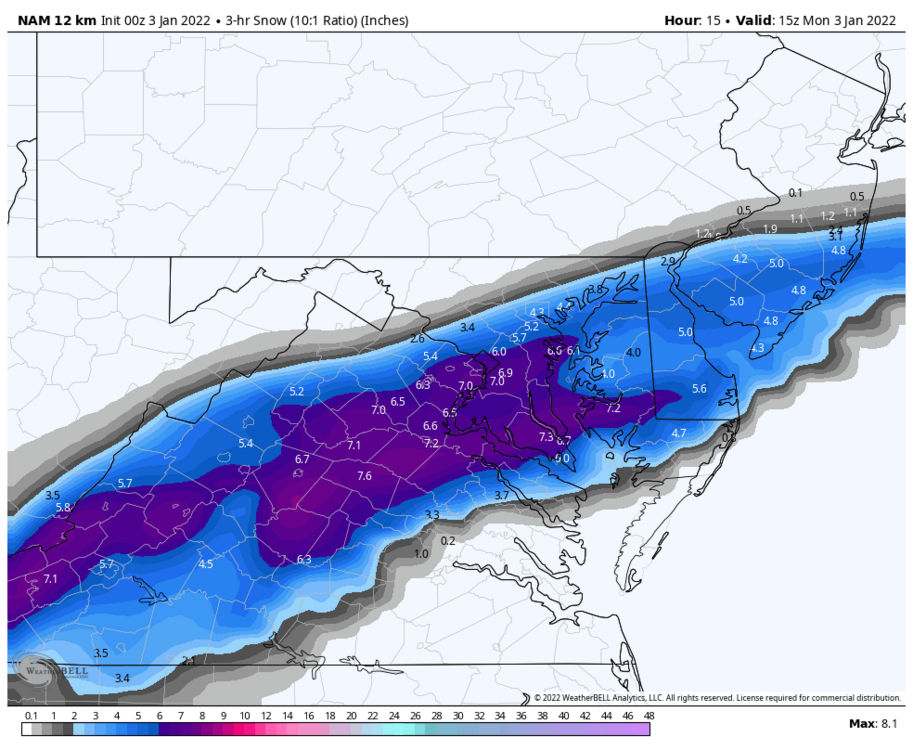

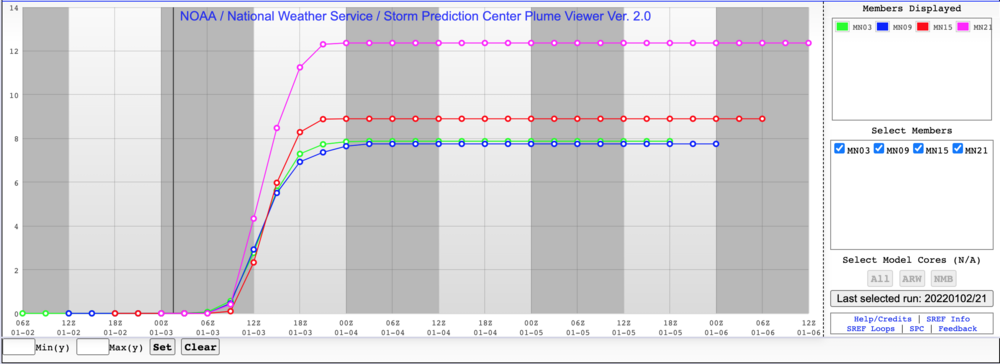
Jan 6/7 "Event" and obs
in Mid Atlantic
Posted
@Eskimo Joe I love the “relatively on track for now” relatable…
relatable…